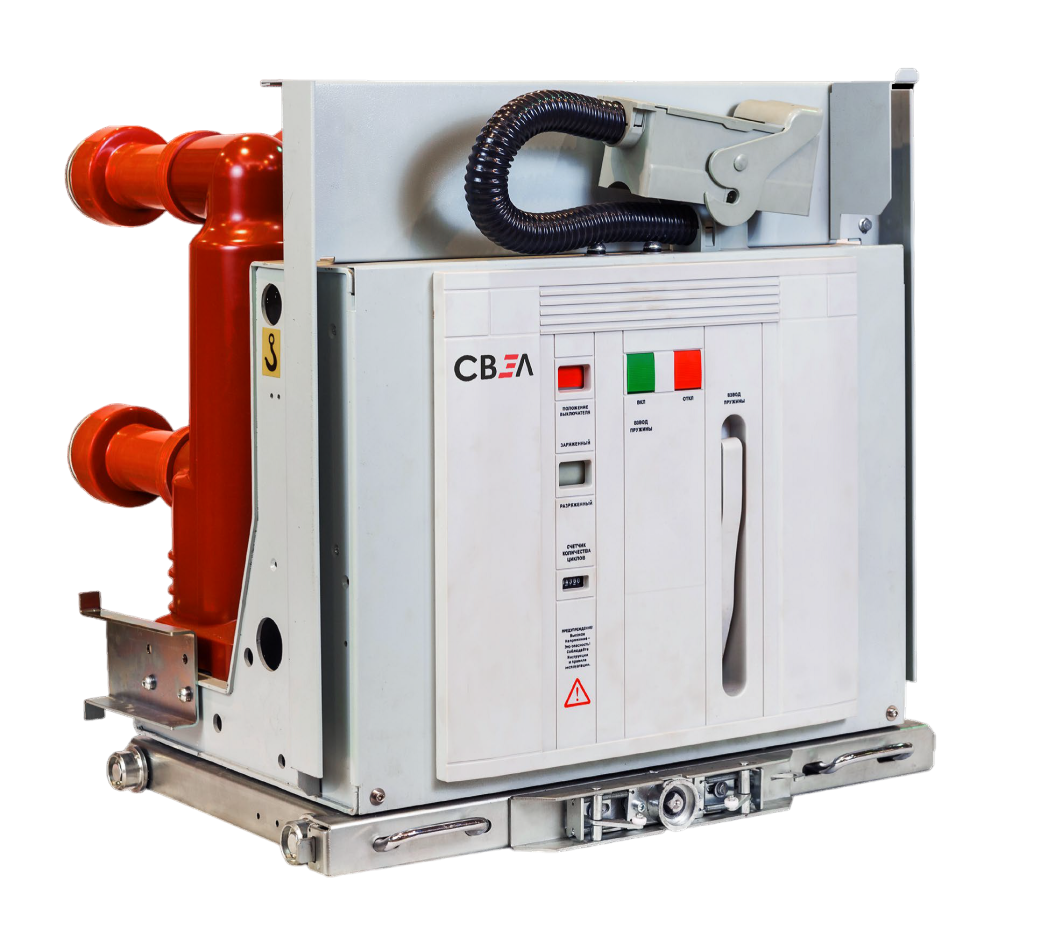

Vacuum circuit breaker is an electromechanical device, which is used to switch electrical circuits at high voltages. The environment for arc blowout is vacuum. Vacuum circuit breakers are designed for use in substations as part of 6(10)–35kV switchgear cells.
The vacuum circuit breaker device includes fixed and movable contact elements, which are located in a vacuum chamber. The vacuum chamber is located inside the compound pole. The interruption is caused by moving the movable contact to the opposite side of the fixed contact.
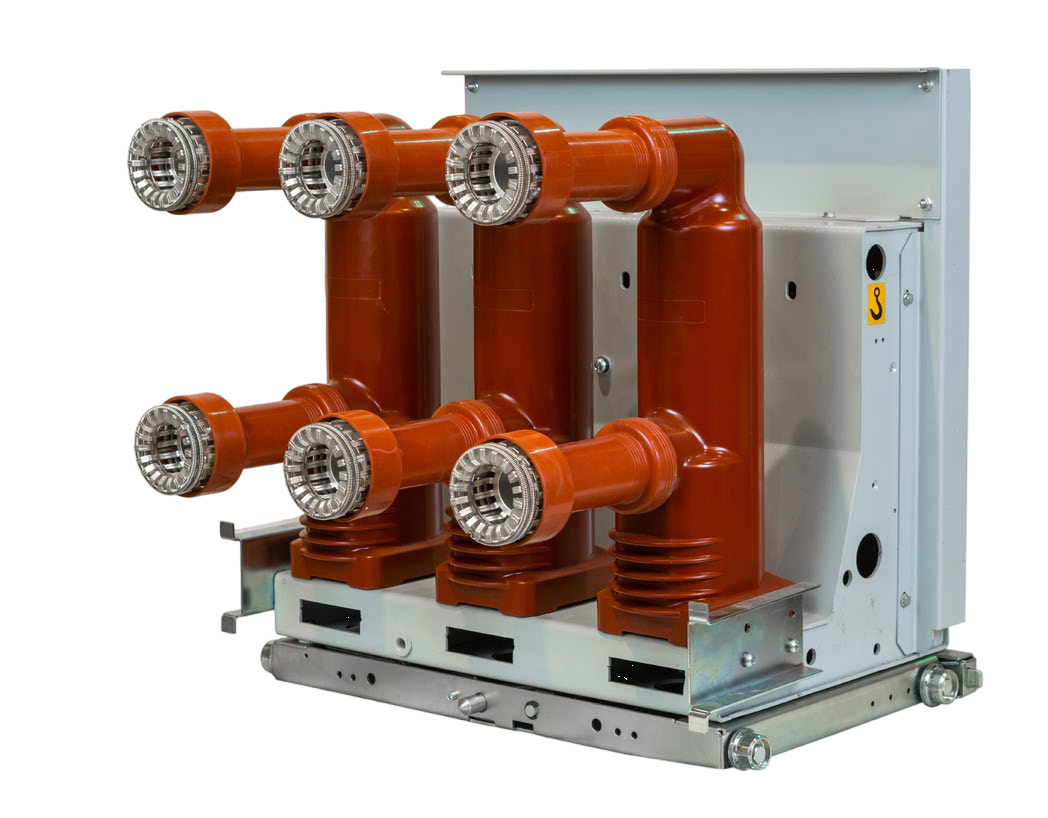
Fig. 1. ВВ-СВЭЛ-10 Vacuum Circuit Breaker
Vacuum Circuit Breaker General Principle
General principle of vacuum circuit breaker is based on the use of a vacuum chamber to provide switching of an electrical circuit. Circuit breaker operates on the basis of two principles: opening and closing the contacts under high vacuum conditions and holding the contacts in the closed position.
When overload or short-circuit occurs, relay protection and automation device signals the circuit breaker drive control circuit to trip the circuit breaker. The drive transmits a mechanical force to the pull rod, which is rigidly attached to the movable contact and thus opens the circuit. At the same time, a vacuum is created inside the circuit breaker, which reduces contact wear and increases operational reliability. This condition is established by a device called a closed vacuum chamber, which contains the contacts. When a circuit trip command is executed, the chamber begins to refill with air, and when the set pressure is reached, the contacts double, breaking the electrical circuit. When the circuit disconnect cycle is complete, the chamber begins to re-pressurize again to a vacuum state, at which point the contacts return to their original position.
The use of vacuum circuit breaker for high voltages eliminates the need to maintain surface clearance between contacts as is required with gas circuit breaker.
Fig. 2. ВВ-СВЭЛ-10 Assembly
Vacuum Circuit Breakers Types
Vacuum circuit breakers are classified by voltage class: for 6-10kV and 35kV devices.
These circuit breakers have three poles, each containing a chamber and a contact compression assembly (pull rod), spring drive.
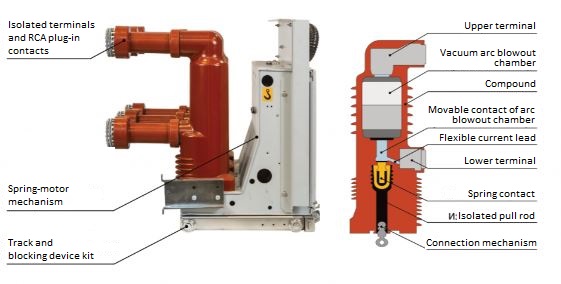
Fig. 3. ВВ-СВЭЛ-10 Functional Units
Circuit breakers are divided by installation place:
- Outdoor installation circuit breakers are used on open switchgear.
- Indoor installation circuit breakers are used as part of integrated switchgears. Today SVEL manufacture such vacuum circuit breakers, installing them in КРУ-СВЭЛ integrated switchgears.
Vacuum circuit breakers are also classified by modification: stationary and withdrawable.
Stationary circuit breakers are used as a separate devices and as components of larger automatic equipment protection systems.
One of the benefits of stationary circuit breakers is increased insulation capacity and the ability to operate at very high temperatures (-40°С to 40°С, the lowest temperature limit is -60°С).
Stationary circuit breakers have solid construction and intended for constant use in the fixed locations, for example special racks or cabinets. This allows them to provide a higher level of reliability and longer service life, more than 30 years.
Withdrawable devices are used with integrated switchgears. Withdrawable circuit breakers can be replaced without shutting down the entire switchgear.
Vacuum circuit breakers operate under strong electromagnetic fields: closing electromagnet 70-115 (AC) / 85–105 (DC), opening electromagnet 65–120 (AC) / 70–110 (DC).
Vacuum circuit breakers are used in various applications: for switching electric motors, heating, ventilation and air conditioning systems, as well as for other processes where high power switching is required.
Vacuum load breakers are also available. They are used in power systems such as hydroelectric power plants, nuclear power plants and other power industry facilities.
Vacuum load breaker consists of contacts located in a vacuum chamber that is filled with a high-vacuum gas. When the load breaker is energized, the contacts are connected, allowing electric current to flow through the circuit. When the load breaker is turned off, the contacts are disconnected, providing safety and protection of the electrical system.
The purpose of vacuum circuit breakers
The main application of vacuum circuit breakers is switching currents in electrical systems. They can quickly and reliably switch off a power system with possible damage. Due to this feature, accidents can be prevented.
Vacuum load breakers are used to protect electrical equipment against overloads and short circuits. They are used in power systems such as hydroelectric power plants, nuclear power plants, wind turbines and other power industry facilities.
Vacuum breakers are used in the following fields:
- Industrial assets, vacuum breakers are used to control electric motors in industrial applications such as compressors, fans, pumps and other industrial machinery.
- Electric power engineering, vacuum breakers are widely used to disconnect and control electrical circuits, including the transmission, distribution and transfer of electricity.
- Transport, in electrical circuit control systems, electric railroad trains and trams.
- Thermonuclear process, vacuum breakers are used in tokamaks to control magnet fields and plasma condition.
- Medicine, medical devices and equipment such as magnetic resonance imaging scanners and laser surgical systems.
Vacuum breakers` benefits
- Gas gap and flash arc absence. Vacuum breakers protect equipment from damage driven by arc discharge. Service life and reliability of such devices is much higher than of circuit breakers that use another environment for arc blowout.
- High level of durability. Vacuum breakers are more effective and safe than other types of breakers, oil or air-blast, because vacuum environment eliminates the possibility of fire or explosion.
- High efficiency. Owing to vacuum environment, in which an electric current flows, vacuum breakers offer higher switching speed than other types of breakers.
- The devices are not subject to oxidation, corrosion, and are resistant to external influences.
- Low operating costs. The breakers do not require regular maintenance, so operating costs are significantly reduced.
- Compact sizes allow to install devices on small areas.
- Low noise and vibration compared to oil breakers.
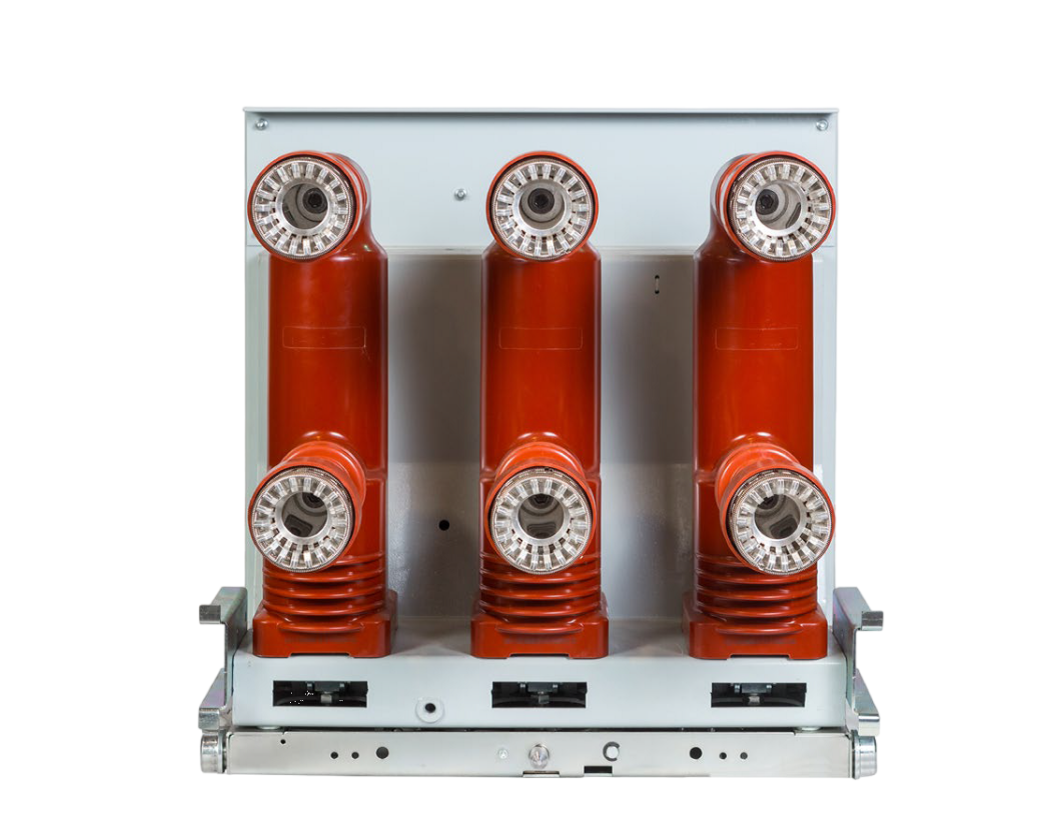
Fig. 4. ВВ-СВЭЛ-10 Vacuum Circuit Breaker
ВВ-СВЭЛ Features
- The devices are energy efficient and do not pollute the environment.
- Low noise and vibration.
- High switching speed. ВВ-СВЭЛ are capable of quickly de-energizing electrical circuits in the event of overload or short circuit, thus preventing possible accidents and damage to electrical equipment.
- Wide range of modifications that differ in design, functional characteristics and purpose.
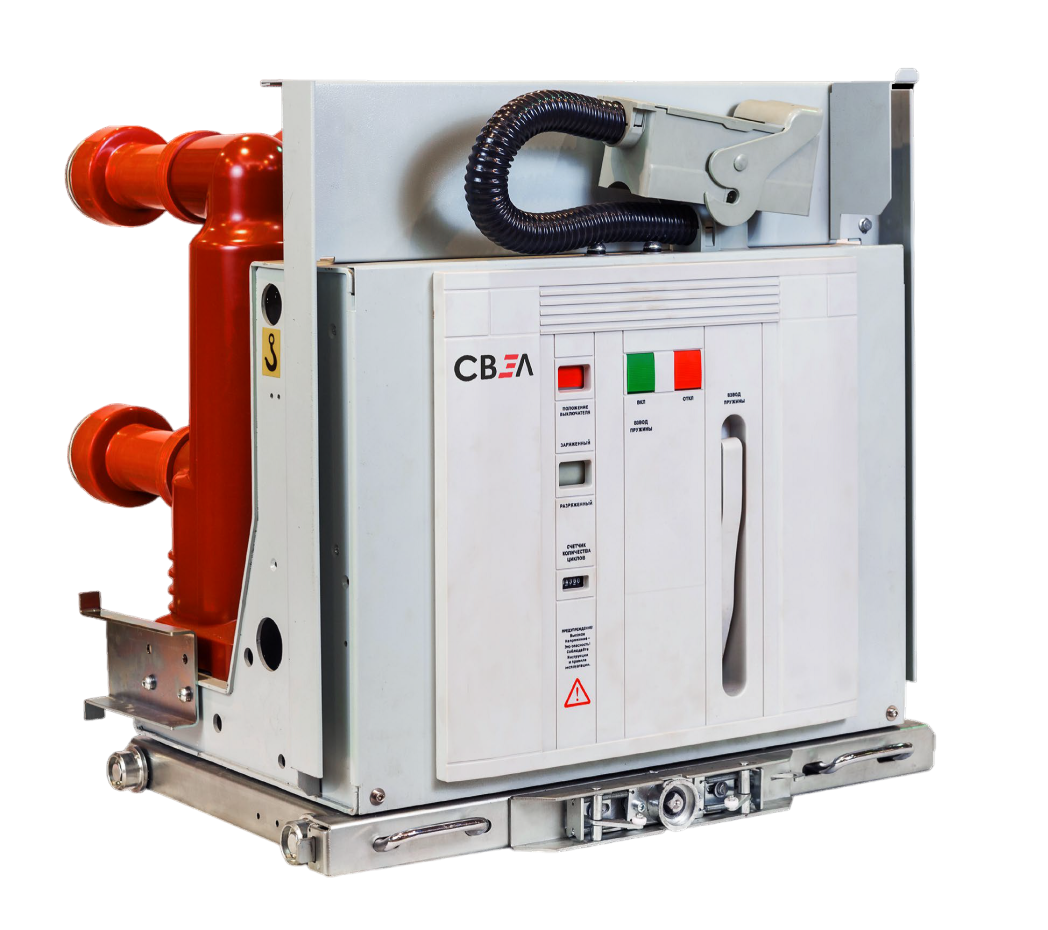
Fig. 5. ВВ-СВЭЛ-10 Vacuum Circuit Breaker
Order and procurement of SVEL Vacuum Circuit Breakers
Order and procurement of SVEL Vacuum Circuit Breakers
To procure Vacuum Circuit Breakers, leave an application on the web-site. Configuration Data Sheet filling will speed up the consideration of order details.
SVEL delivers equipment across Russia and CIS countries.